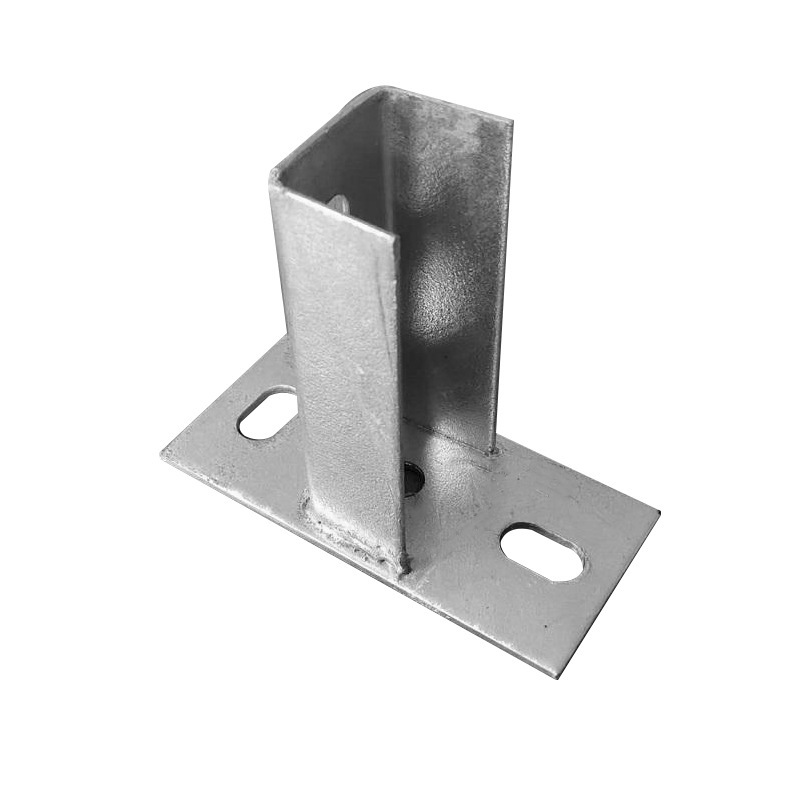

Examining Various Styles of Self-Tapping Screw Heads for Different Applications
Nov . 09, 2024 00:52 Back to list
Examining Various Styles of Self-Tapping Screw Heads for Different Applications
Exploring Different Types of Self-Tapping Screw Heads
Self-tapping screws are an integral part of modern construction, manufacturing, and repair processes. Their unique design allows them to create their own mating thread as they are driven into materials, making them essential in a variety of applications. While the functionality of these screws is paramount, the design of their heads also plays a critical role in determining their suitability for specific tasks. This article will delve into the various types of self-tapping screw heads, highlighting their features, uses, and benefits.
1. Slotted Head
The slotted head is one of the simplest and most traditional designs. Its single, straight slot allows for easy engagement with a flathead screwdriver. While slotted screws are easy to use and can be found almost everywhere, they do have limitations. They are prone to cam-out, where the screwdriver slips out of the slot during use, which can lead to frustration and can damage the material or screw. As a result, slotted screws are less common in high-torque applications.
2. Phillips Head
The Phillips head screw is designed with a cross-shaped socket, which allows for better torque and reduces the likelihood of cam-out compared to slotted screws. Phillips screws are perhaps the most recognizable type and are widely used in various applications, from furniture assembly to electronics. They are particularly favorable in scenarios where consistent torque is required, making them a popular choice in manufacturing and assembly lines.
The Pozi Drive head is an evolution of the Phillips design, featuring additional ribbing between the arms of the cross shape. This design significantly improves engagement between the screwdriver bit and the screw head, providing better torque transfer without cam-out. Pozi Drive screws are often used in woodworking and in applications where a secure fit is crucial, such as in construction or automotive settings.
exploring different types of self-tapping screw heads for

4. Torx Head
Torx screws, also known as star screws, are characterized by their six-pointed star shape. This design allows for excellent grip and torque transfer, reducing the chances of stripping the screw head. Torx screws are widely used in automotive, electronics, and furniture assembly due to their resistance to cam-out and the ability to withstand higher torque loads. They are becoming increasingly popular, especially in industries that require high-performance fasteners.
5. Hex Head
Hex head self-tapping screws come with a hexagonal-shaped recess, typically designed to be used with a socket or wrench. This type of head is ideal for heavy-duty applications, providing a robust grip that can handle high torque. Hex screws are commonly used in mechanical assemblies, structural applications, and where a strong connection is required. Their ability to be easily tightened or loosened with the right tool makes them a favorite among professionals and DIY enthusiasts alike.
6. Square (Robertson) Head
The square head screw, also known as the Robertson screw, features a square socket and offers excellent grip and minimal cam-out. This type was invented in Canada and remains popular for its simplicity and effectiveness. Square screws are commonly found in woodworking and construction and are favored for their ease of use and ability to be driven with one hand, making them ideal for tight spaces.
Conclusion
When selecting self-tapping screws, the type of screw head plays a crucial role in the effectiveness and efficiency of the task at hand. From slotted and Phillips to Torx and hex, each design offers unique advantages that cater to specific applications. Understanding the characteristics of these different screw heads can help users make informed decisions, ensuring they choose the right fastener for their projects. Whether for casual DIY tasks or professional applications, the right self-tapping screw head can make all the difference in achieving a successful outcome.
Latest news
-
High-Strength Hot-Dip Galvanized Bolts-Hebei Longze|Corrosion Resistance&High Strength
NewsJul.30,2025
-
Hot Dip Galvanized Bolts-Hebei Longze|Corrosion Resistance&High Strength
NewsJul.30,2025
-
Hot Dip Galvanized Bolts - Hebei Longze | Corrosion Resistance, High Strength
NewsJul.30,2025
-
High-Strength Hot Dip Galvanized Bolts-Hebei Longze|Corrosion Resistance, Grade 8.8
NewsJul.30,2025
-
Hot Dip Galvanized Bolts-Hebei Longze|Corrosion Resistance,High Strength
NewsJul.29,2025
-
High-Strength Hot Dip Galvanized Bolts - Hebei Longze Metal Products Manufacturing Co., Ltd.|corrosion resistance&high strength
NewsJul.29,2025

